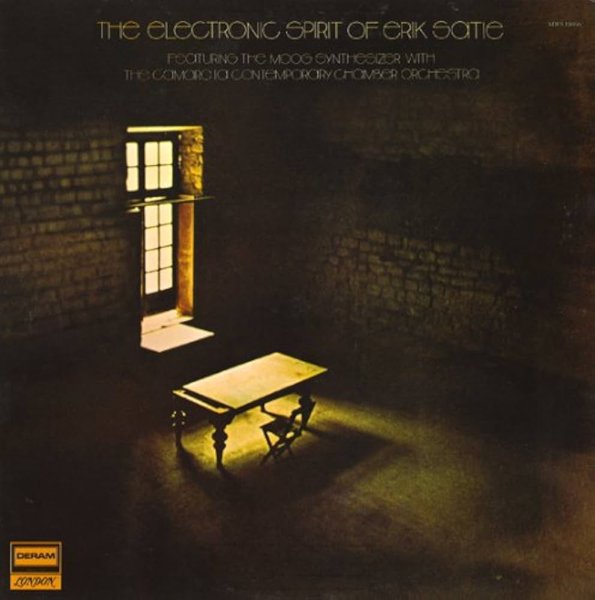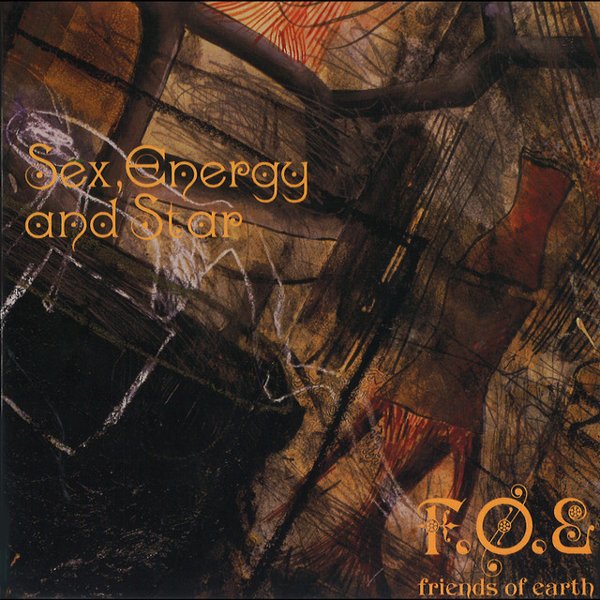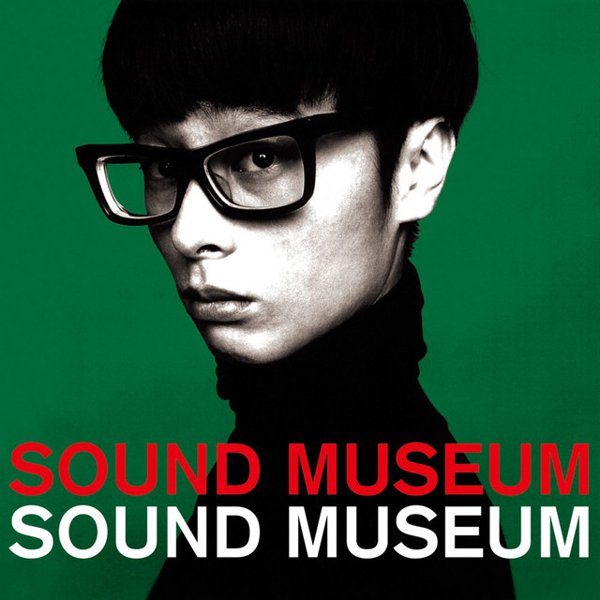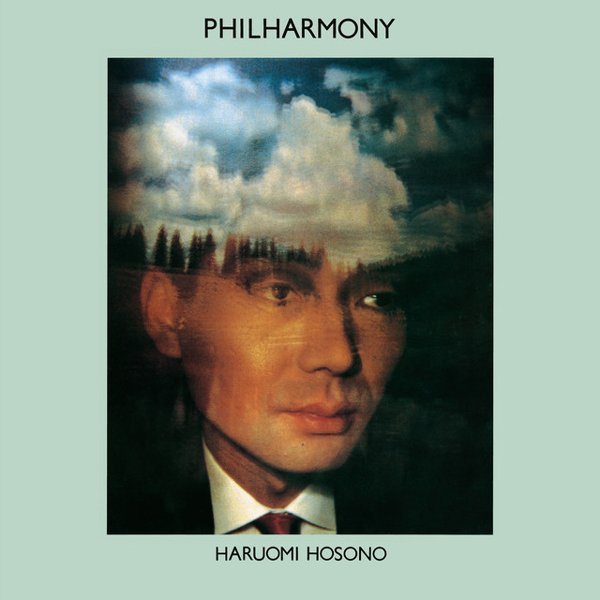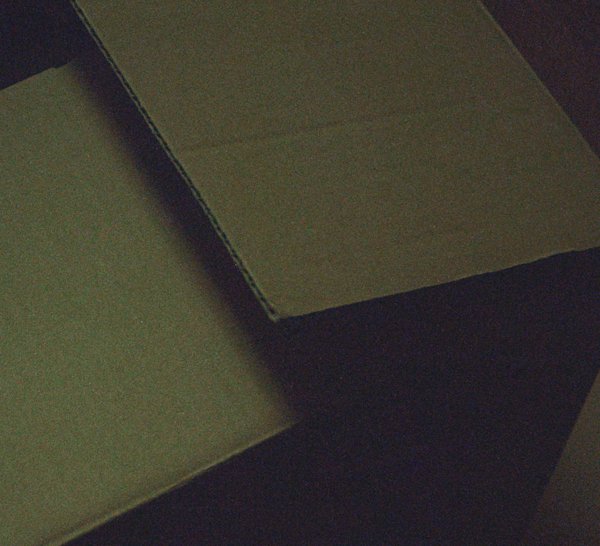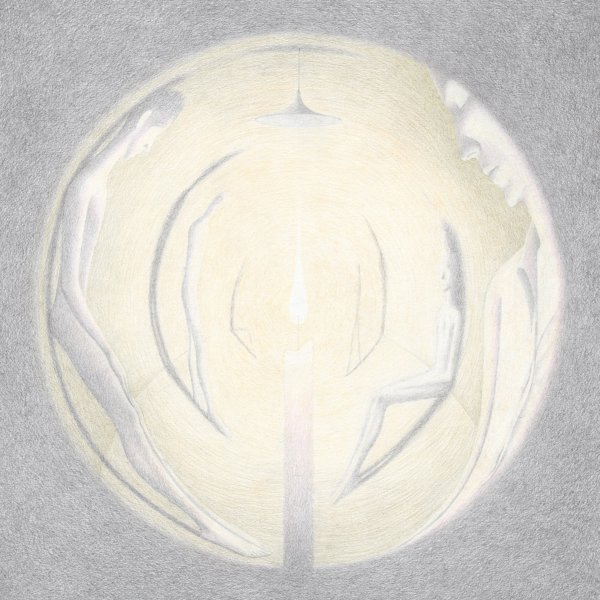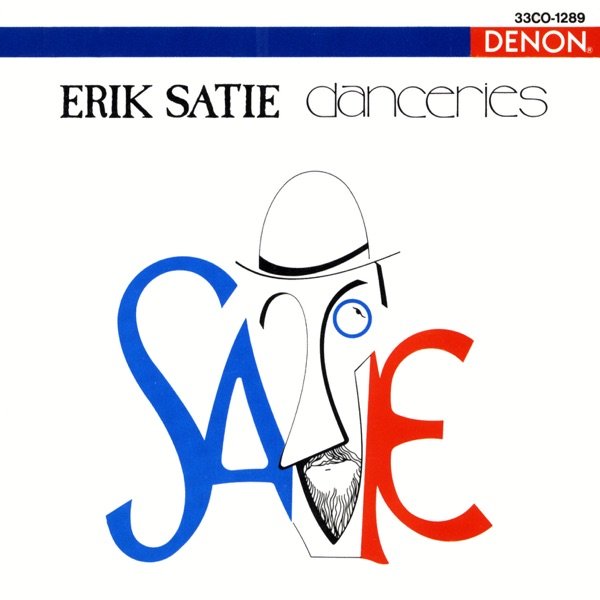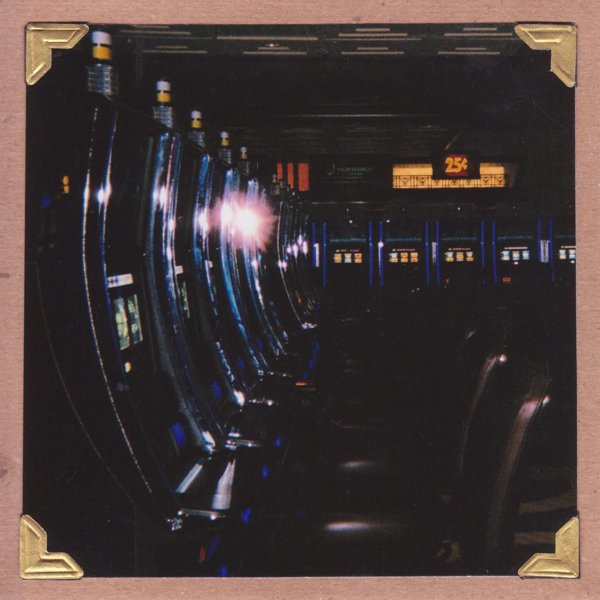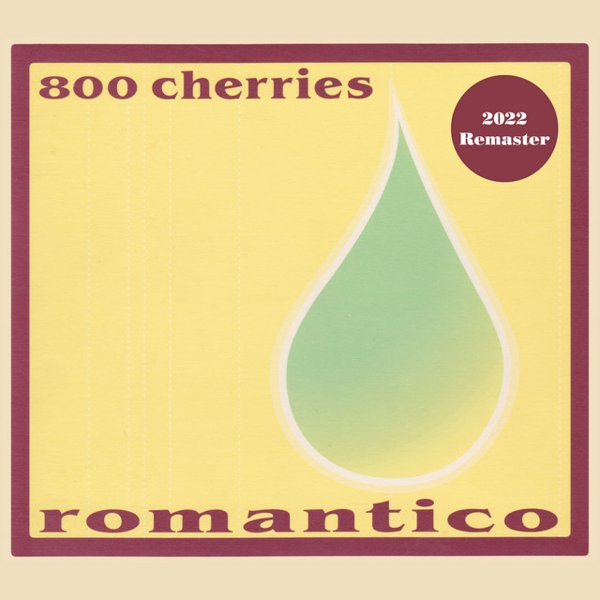The Electronic Spirit Of Erik Satie
The Moog synthesizer — the first commercial synth and the mother of all analog synthesizers — made electronic music available to the masses. Robert Moog created the instrument with the intent to make futuristic gear more affordable to all musicians, and an explosion of experimentation followed in the wake of its release. Mort Garson famously made an album intended to help your plants grow, compositions from the baroque period took on new life, and even members of the Beatles were getting in on the trend. Erik Satie would not be spared from the craze when the The Camarata Contemporary Chamber Orchestra, who had previously recorded a pair of relatively straight-laced collections of his work, decided to incorporate Moog synth into their third installment. According to the liner notes, the producer claims to have been possessed by the spirit of Satie himself, mirroring Satie’s peculiar claim that he was a vessel for a medieval cleric. The Moog player, who was unfamiliar with the instrument before having the responsibility foisted upon him, allegedly has no recollection of having even done the album. Whatever possessed them to make this thing, it’s one of the weirdest Moog albums out there — and that’s saying a lot.

